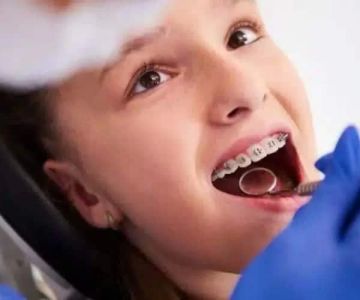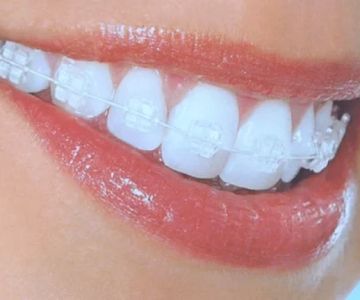For many individuals embarking on orthodontic treatment, the journey to a healthier smile can coincide with questions about lifestyle adjustments. Among these considerations is the participation in sports and physical activities. Given the increasing number of Americans engaging in orthodontic treatment, understanding how to maintain active lifestyle habits without compromising dental progress or safety is essential. This article delves into whether certain sports or activities should be avoided during orthodontic treatment, highlighting key factors to consider for athletes with braces.
Importance of Orthodontic Protection
Protecting orthodontic appliances during sports and recreational activities is crucial. Orthodontic devices, such as braces, are susceptible to damage upon impact. In the event of direct trauma to the mouth, brackets can break, wires may bend, and healthy teeth could be affected. This can extend treatment time and potentially escalate costs. Statistics indicate that nearly 3 million orthodontic cases in the U.S. involved athletic individuals in recent years, emphasizing the need for protective measures such as mouthguards.
High-Risk Sports to Avoid
While it is possible to participate in many sports with careful planning, some activities inherently possess higher risks for individuals undergoing orthodontic treatment. Sports such as boxing, martial arts, or rugby involve significant physical contact that may jeopardize orthodontic hardware. Studies reveal that up to 39% of dental injuries among youth occur during contact sports. For those committed to such disciplines, opting for comprehensive mouth protection is non-negotiable. Alternatively, temporarily ceasing participation may be the most sensible preventive action during critical phases of treatment.
Non-Contact Activities and Safety Practices
Fortunately, many non-contact activities can be safely pursued with braces. Swimming, cycling, and track events generally pose less risk to an orthodontic patient. Nonetheless, even these activities can be fraught with unexpected incidents without adequate precautions. Employing custom-fitted mouthguards and helmets where appropriate ensures safe participation without compromising orthodontic care. Encouraging safety training and reminders can vastly minimize any associated risks, bolstering both confidence and safety for individuals with braces.
Custom Mouthguards: A Must-Have Accessory
One crucial tool in orthodontic safety during sports is the use of custom mouthguards. Unlike generic ones, custom options ensure proper fit, optimal comfort, and maximum protection. According to a study conducted by the American Association of Orthodontists, proper mouthgear can prevent up to 60% of potential injuries. These appliances are particularly recommended for individuals involved in contact sports. At Dentistry Toothtruth, consultations for obtaining custom mouthguards can be scheduled to align with orthodontic check-ups, harmonizing safety with ongoing treatment.
Conclusion
In conclusion, while orthodontic treatment requires mindful adjustments to sporting activities, it does not necessitate complete avoidance. Adherence to protective measures, understanding the nature of various activities, and securing appropriate orthodontic gear can facilitate a safe concurrent pursuit of sports and treatment goals. Whether a patient chooses to continue with certain sports or explore safer alternatives, the primary aim should always ensure that orthodontic health is never compromised. For further guidance and personalized protective recommendations, visiting Dentistry Toothtruth can provide valuable insights tailored to your orthodontic journey.




 Westgate Dental Arts
Westgate Dental Arts Coventry Family Dental
Coventry Family Dental Familia Dental
Familia Dental Dr. Daniel S. Fife, DDS
Dr. Daniel S. Fife, DDS Dentistry At Suburban Square: Michael I. Wollock, DMD
Dentistry At Suburban Square: Michael I. Wollock, DMD Comfort Care Dental
Comfort Care Dental The Importance of Oral Health Education During Pregnancy for a Healthy Pregnancy
The Importance of Oral Health Education During Pregnancy for a Healthy Pregnancy Why Skipping Dental Checkups Can Lead to Bigger Oral Health Problems
Why Skipping Dental Checkups Can Lead to Bigger Oral Health Problems Advantages of Porcelain Dental Restorations
Advantages of Porcelain Dental Restorations Best Tips for Brushing Your Teeth Properly for Healthy Gums: Essential Techniques for Oral Health
Best Tips for Brushing Your Teeth Properly for Healthy Gums: Essential Techniques for Oral Health How Can Diabetes Cause Tooth and Gum Problems? Preventing and Managing Oral Health Issues
How Can Diabetes Cause Tooth and Gum Problems? Preventing and Managing Oral Health Issues Healthy Habits for Promoting Good Oral Health and Hygiene: Tips for a Healthy Smile
Healthy Habits for Promoting Good Oral Health and Hygiene: Tips for a Healthy Smile